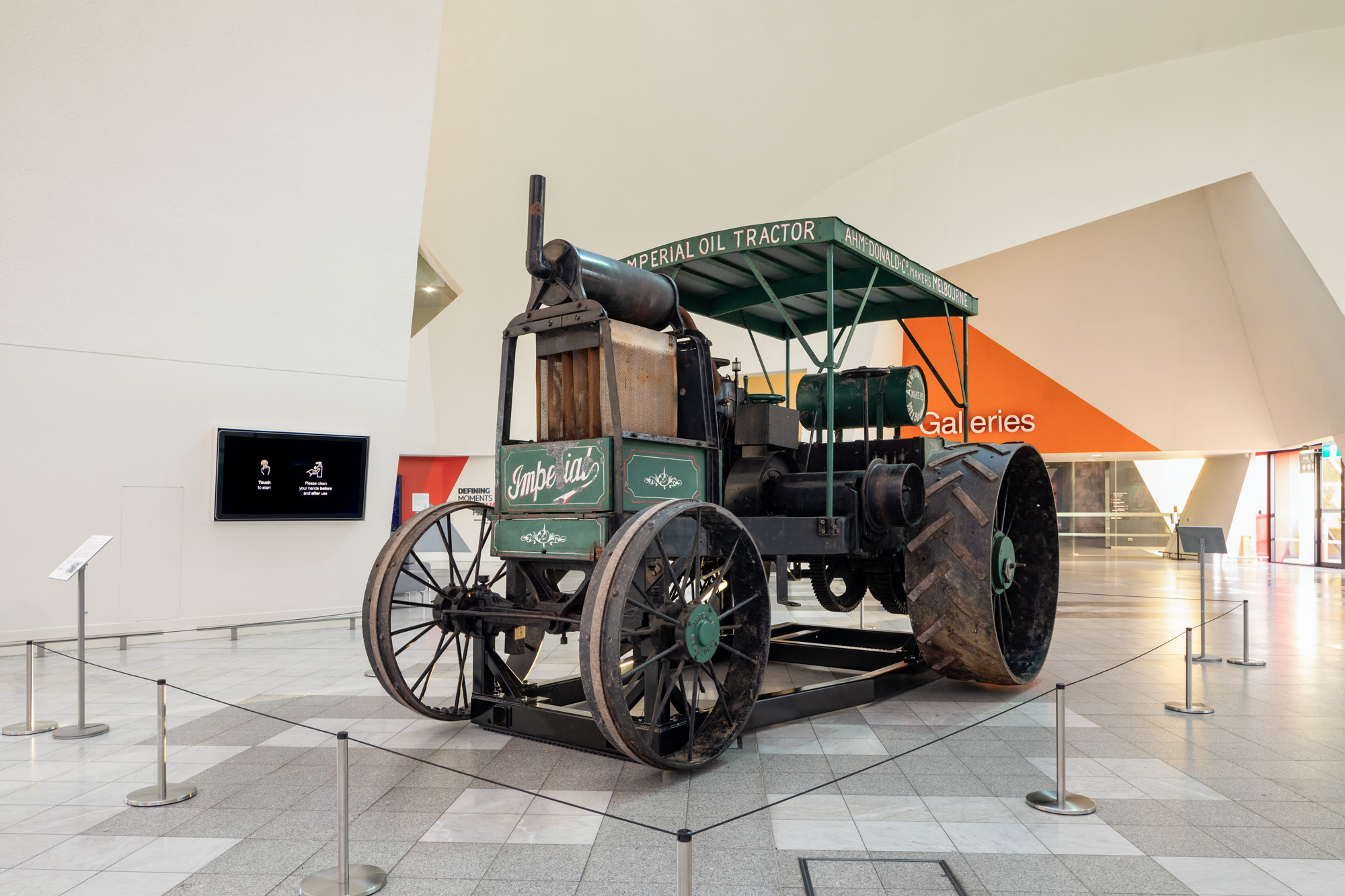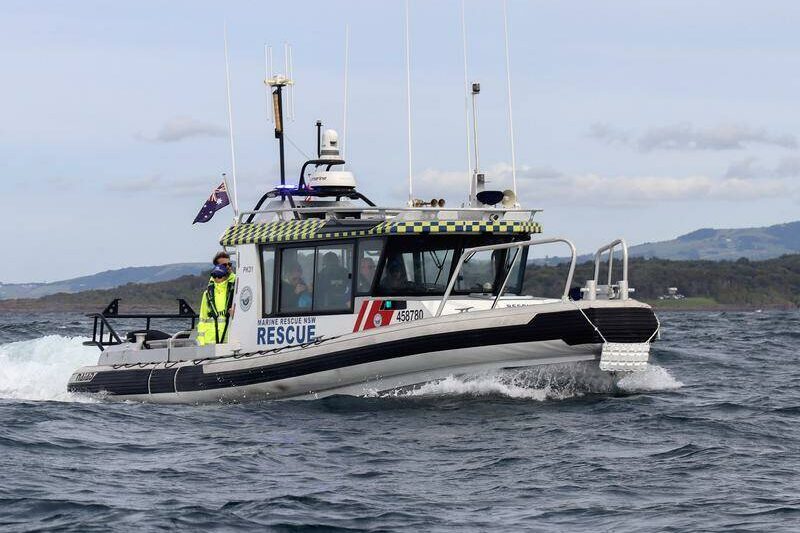
ONE of the earliest surviving tractors manufactured in Australia is on display at the National Museum.
The significant transformation of Australia’s agricultural industry is represented by the extraordinary McDonald “Imperial” oil “EB” tractor.
National Museum director Mathew Trinca said the tractor, built in 1912, substantially added to the Museum’s National Historical Collection and supported its mission to tell remarkable stories from Australian history.
It was acquired in 2021 by the National Museum for $250,000, with the support of the Australian government through the National Cultural Heritage Account, a grant program that assists Australian cultural organisations to acquire significant cultural heritage objects and with the support of an anonymous benefactor.
The McDonald ‘EB’ oil tractor was manufactured in Australia by AH McDonald & Co of Richmond, Melbourne.
“In 1908, innovative Melbourne engineers Alfred and Ernest McDonald produced the first Australian-made, oil-powered tractor, known as the ‘EA’. The improved design of the ‘EB’ followed in 1912,” Dr Trinca said.
“It provides a revealing insight into the global transformation in automotive and agricultural practices geared by the invention of the oil-driven, internal combustion engine in the 1870s.
“The McDonald ‘EB’ oil tractor represents a theme of Australian innovation in a revolutionary era for engineering. This acquisition represents our agricultural history, and we are thrilled to share it with Australia,” Dr Trinca said.
The tractor was originally purchased in 1912 by Frank William Chilcott for use at “Lillesdon Park”, his 403-acre farm located on French Island in Victoria’s Western Port Bay.
The arrival of the tractor on French Island was a memorable event that required a police escort.
Local Ruth Gooch recounts that: “When Frank’s small nephew (Garth Bennetts) saw it coming over the hill to his island home, he took fright, ran inside, and hid under the bed.”
Mr Chilcott died in 1919, and the tractor passed to his brother-in-law, Richard Bennetts.
It was likely used for land clearing as part of the local chicory cultivation industry, which was a prolific industry on French Island until the mid-1960s.

Museum curator Dr Ian Coates, who co-ordinated the acquisition of the tractor, said it had historic significance because of its association with Australia’s first tractor manufacturer.
“Perhaps the most remarkable aspect of the early tractors produced by AH McDonald & Co was the relative sophistication of their engineering, which included coil ignition, a three-speed gearbox and automotive rack-and-pinion steering,” he said.
“This reflects Alf McDonald’s capacity to improve the contemporary design of imported American tractors,” Dr Coates said.
It is on display in the museum’s Gandel Atrium until July 23.
Who can be trusted?
In a world of spin and confusion, there’s never been a more important time to support independent journalism in Canberra.
If you trust our work online and want to enforce the power of independent voices, I invite you to make a small contribution.
Every dollar of support is invested back into our journalism to help keep citynews.com.au strong and free.
Thank you,
Ian Meikle, editor




![Canberra’s woodchopping association – the Hall and District Axemen’s Club – is rebranding to Capital Country Woodchopping.
“We didn’t want to be exclusively a Canberra association and we deliberately left any gender-specific wording out in the new name,” says president Cheyanne Girvan, 32.
“We also went a different [way] to other associations under NSW by not including ‘association’ in our name.”
Four years ago the Hall and District Axemen’s club’s membership was 25.
Cheyanne says this name change will give the club the versatility to grow into other areas and on to greater things.
To read on about Cheyanne's story with the woodchoppers, visit our website at citynews.com.au or click the link in our bio!
@@capitalcountrywoodchopping
#woodchopping #woodchoppinggirl #woodchoppingaustralia #axemen #axewomen #woodcutter #canberrastories #storiesthatmatter #citynews #journalism](https://citynews.com.au/wp-content/plugins/instagram-feed/img/placeholder.png)
Leave a Reply